Unlock the Potential of Your Projects with 3M Industrial Silicone Sealants: A Comprehensive Review
Discover the power of 3M Industrial Silicone Sealants and unlock the true potential of your projects. In this comprehensive review, we will delve into the multiple benefits and diverse applications of these high-performance sealants.
As a leading manufacturer of industrial solutions, 3M has built a reputation for innovation and dependability. Their silicone sealants are no exception. Designed to withstand extreme conditions, these sealants provide excellent adhesion, durability, and flexibility, ensuring long-lasting performance in a variety of industries.
Whether you're working on automotive, construction, or electronics projects, 3M Industrial Silicone Sealants offer superior sealing properties that can withstand temperature fluctuations, moisture, and chemical exposure. They adhere effortlessly to various surfaces, including metal, glass, and plastics, providing reliable protection against leaks, cracks, and corrosion.
In this review, we will explore the distinct features and applications of 3M Industrial Silicone Sealants, backed by real-world examples and expert insights. Unlock the potential of your projects and elevate your craftsmanship with the trusted performance of 3M Industrial Silicone Sealants.
Benefits of using 3M Industrial Silicone Sealants
When it comes to sealing solutions, 3M Industrial Silicone Sealants offer a multitude of benefits that make them the go-to choice for professionals in various industries.
1. Superior Adhesion: One of the key advantages of 3M Industrial Silicone Sealants is their exceptional adhesion. These sealants form a strong bond with different substrates, ensuring a secure and long-lasting seal that can withstand the test of time.
2. Excellent Durability: 3M Industrial Silicone Sealants are designed to withstand harsh conditions, including extreme temperatures, UV exposure, and chemical exposure. They maintain their performance and integrity even in demanding environments, providing reliable protection against leaks and corrosion.
3. Flexibility and Movement: Projects often require materials that can withstand expansion, contraction, and movement. 3M Industrial Silicone Sealants offer excellent flexibility, allowing them to accommodate these movements without compromising their sealing properties. This makes them ideal for applications where joints or substrates are subject to frequent movement.
4. Versatile Applications: 3M Industrial Silicone Sealants are suitable for a wide range of applications, making them a versatile choice for professionals across industries. From automotive gaskets and electrical enclosures to HVAC systems and construction joints, these sealants provide reliable sealing solutions for various projects.
5. Resistance to Moisture and Chemicals: Moisture and chemical exposure can compromise the integrity of seals, leading to leaks and other issues. 3M Industrial Silicone Sealants are resistant to moisture, as well as a wide range of chemicals, ensuring long-lasting performance in challenging environments.
6. Easy Application: With their excellent workability, 3M Industrial Silicone Sealants are easy to apply, even in complex or hard-to-reach areas. They can be applied using standard caulking guns or automated dispensing systems, enabling efficient and precise sealing.
7. Enhanced Aesthetics: In addition to their functional benefits, 3M Industrial Silicone Sealants also offer aesthetic advantages. Available in a variety of colors, they provide a seamless and visually appealing finish, enhancing the overall appearance of your projects.
These benefits make 3M Industrial Silicone Sealants a trusted choice for professionals who prioritize performance, durability, and versatility in their projects.
Types of 3M Industrial Silicone Sealants
3M offers a range of Industrial Silicone Sealants to cater to different project requirements. Each type has specific properties and features that make them suitable for various applications. Let's explore some of the most commonly used types:
1. General Purpose Silicone Sealants: These sealants are versatile and can be used for a wide range of applications. They provide excellent adhesion to various substrates and offer good flexibility and durability. General Purpose Silicone Sealants are commonly used in construction, HVAC, and electrical projects.
2. High-Temperature Silicone Sealants: As the name suggests, these sealants are designed to withstand high temperatures. They can withstand continuous exposure to temperatures up to 600 degrees Fahrenheit, making them suitable for applications such as automotive engines, exhaust systems, and industrial ovens.
3. Electrical Grade Silicone Sealants: These sealants are specially formulated to provide electrical insulation and protection. They offer excellent dielectric properties and can withstand high voltage and electrical currents. Electrical Grade Silicone Sealants are commonly used in electrical and electronics projects.
4. Structural Silicone Sealants: Structural Silicone Sealants are designed to provide structural bonding and sealing in applications that require high strength and durability. They offer excellent adhesion to a variety of substrates, including glass, metal, and plastics. These sealants are commonly used in curtain wall systems, architectural glazing, and panel bonding.
5. Weatherproof Silicone Sealants: These sealants are specifically formulated to provide superior weather resistance. They offer excellent UV resistance, preventing degradation and discoloration due to sun exposure. Weatherproof Silicone Sealants are commonly used for outdoor applications such as sealing windows, doors, and exterior joints.
By understanding the different types of 3M Industrial Silicone Sealants, you can choose the most suitable option for your specific project requirements.
Applications of 3M Industrial Silicone Sealants
The versatility of 3M Industrial Silicone Sealants makes them suitable for a wide range of applications across various industries. Here are some examples of how these sealants can be used:
1. Automotive: In the automotive industry, 3M Industrial Silicone Sealants are used for sealing gaskets, bonding components, and protecting against leaks and vibrations. They provide reliable sealing solutions for engines, transmissions, electrical systems, and more.
2. Construction: From sealing joints and gaps in buildings to bonding glass panels and attaching architectural elements, 3M Industrial Silicone Sealants play a crucial role in the construction industry. They provide weather resistance, structural bonding, and protection against moisture and air infiltration.
3. Electronics: In the electronics industry, 3M Industrial Silicone Sealants are used for sealing and protecting sensitive components against moisture, dust, and vibrations. They provide electrical insulation, ensuring the integrity and longevity of electronic devices and systems.
4. Aerospace: Aerospace applications require sealants that can withstand extreme temperatures, pressure differentials, and vibrations. 3M Industrial Silicone Sealants offer reliable sealing solutions for aircraft interiors, exteriors, engines, and other critical components.
5. Marine: Marine environments pose unique challenges, including constant exposure to water, salt, and UV radiation. 3M Industrial Silicone Sealants are designed to withstand these harsh conditions, providing reliable sealing and bonding solutions for boat construction, repairs, and maintenance.
These are just a few examples of the diverse applications of 3M Industrial Silicone Sealants. Their versatility and performance make them indispensable for professionals working in various industries.
Features and properties of 3M Industrial Silicone Sealants
The distinct features and properties of 3M Industrial Silicone Sealants contribute to their exceptional performance and reliability. Here are some key attributes to consider:
1. Temperature Resistance: 3M Industrial Silicone Sealants offer excellent temperature resistance, allowing them to maintain their performance in both high and low temperature environments. They can withstand extreme temperatures ranging from -60 degrees Fahrenheit to 600 degrees Fahrenheit, depending on the specific type.
2. Chemical Resistance: These sealants exhibit resistance to a wide range of chemicals, including oils, solvents, acids, and bases. This resistance ensures that the seal remains intact and effective, even when exposed to harsh chemicals.
3. UV Resistance: 3M Industrial Silicone Sealants are formulated with UV-resistant additives, providing protection against degradation and discoloration caused by prolonged exposure to sunlight. This UV resistance helps maintain the integrity and aesthetics of sealed surfaces.
4. Waterproof Properties: These sealants offer excellent waterproofing properties, preventing water infiltration and protecting against moisture-related damage. They create a durable barrier that keeps water out, ensuring long-term sealing performance.
5. Low Volatile Organic Compounds (VOC): 3M Industrial Silicone Sealants are formulated to have low VOC content, making them environmentally friendly and safe to use. Low VOC emissions contribute to better air quality and reduce the potential health risks associated with traditional sealants.
6. Fast Cure Time: Some types of 3M Industrial Silicone Sealants have a fast cure time, allowing for quick project completion. This is particularly beneficial when time is of the essence or when working on projects with tight deadlines.
7. Compatibility with Various Substrates: 3M Industrial Silicone Sealants exhibit excellent adhesion to a wide range of substrates, including metals, glass, ceramics, and plastics. This compatibility ensures a strong and reliable bond, regardless of the surface material.
These features and properties make 3M Industrial Silicone Sealants a versatile and dependable choice for professionals seeking high-performance sealing solutions.
How to choose the right 3M Industrial Silicone Sealant for your project
Choosing the right 3M Industrial Silicone Sealant for your project is essential to ensure optimal performance and durability. Here are some factors to consider when making your selection:
1. Project Requirements: Assess the specific requirements of your project, including the environmental conditions, temperature range, and exposure to chemicals or UV radiation. This will help you determine the type of sealant that best suits your needs.
2. Substrate Compatibility: Consider the substrate on which the sealant will be applied. Ensure that the selected sealant exhibits excellent adhesion to the specific material, whether it is metal, glass, plastic, or another substrate.
3. Application Method: Determine the most suitable application method for your project. 3M Industrial Silicone Sealants can be applied using standard caulking guns or automated dispensing systems. Select a sealant that is compatible with your preferred application method.
4. Cure Time: If time is a crucial factor for your project, consider the cure time of the sealant. Some types of 3M Industrial Silicone Sealants offer fast curing, allowing for quicker completion of projects.
5. Regulatory Compliance: Ensure that the selected sealant complies with applicable regulations and industry standards. This is particularly important in industries with specific requirements, such as automotive, aerospace, or electronics.
By considering these factors, you can make an informed decision and choose the most suitable 3M Industrial Silicone Sealant for your project.
Step-by-step guide on using 3M Industrial Silicone Sealants
To achieve optimal results with 3M Industrial Silicone Sealants, it's important to follow the correct application process. Here is a step-by-step guide to help you use these sealants effectively:
Step 1: Preparation: Ensure that the surfaces to be sealed are clean, dry, and free from dust, grease, or any other contaminants that may affect adhesion. Use a suitable cleaning agent or solvent to remove any residues.
Step 2: Surface Priming (if necessary): In some cases, surface priming may be required to enhance adhesion. Check the product instructions or consult with 3M technical support to determine if priming is necessary for your specific application.
Step 3: Cut the Nozzle: Cut the nozzle of the sealant cartridge at a 45-degree angle, according to the desired bead size. Use a sharp utility knife or a cartridge nozzle cutter for clean and precise cuts.
Step 4: Load the Cartridge: Insert the cartridge into a standard caulking gun or a compatible dispensing system. Ensure that the cartridge is securely in place.
Step 5: Apply the Sealant: Apply a continuous and even bead of sealant along the desired joint or surface. Use steady pressure on the caulking gun or dispenser to control the flow of the sealant. For larger joints, it may be necessary to use a backer rod or foam tape to achieve the desired sealant depth.
Step 6: Tooling: Immediately after applying the sealant, tool the bead using a suitable tool, such as a spatula or a specialized tool designed for silicone sealants. Tooling helps ensure proper adhesion and creates a neat and aesthetically pleasing finish.
Step 7: Cure Time: Allow the sealant to cure according to the manufacturer's instructions. The cure time may vary depending on the specific type of 3M Industrial Silicone Sealant used. Avoid exposing the sealant to moisture or other contaminants during the curing process.
Step 8: Clean-Up: Clean any excess sealant or tooling residues using an appropriate solvent or cleaning agent before the sealant fully cures. Follow the manufacturer's recommendations for cleaning and disposal.
By following these steps, you can achieve professional results and maximize the performance of 3M Industrial Silicone Sealants in your projects.
Safety precautions when using 3M Industrial Silicone Sealants
While 3M Industrial Silicone Sealants are safe to use when handled properly, it is important to observe certain safety precautions to minimize potential risks. Here are some safety guidelines to keep in mind:
1. Read the Product Instructions: Familiarize yourself with the product instructions and safety data sheets provided by 3M. Follow the recommended guidelines for storage, handling, and disposal.
2. Use Personal Protective Equipment (PPE): Wear appropriate PPE, such as gloves and safety goggles, when handling and applying sealants. This helps protect against potential skin irritation or eye contact with the sealant.
3. Ensure Adequate Ventilation: Work in a well-ventilated area to minimize exposure to sealant fumes. If working indoors, consider using exhaust fans or opening windows to improve air circulation.
4. Avoid Skin Contact: Avoid prolonged skin contact with the sealant. In case of contact, wash the affected area with soap and water. If skin irritation persists, seek medical attention.
5. Prevent Eye Contact: Take precautions to prevent sealant from coming into contact with your eyes. In case of eye contact, flush the eyes with plenty of water for at least 15 minutes and seek medical attention.
6. Handle Chemicals with Care: If using primers or cleaning agents, follow the manufacturer's instructions and ensure proper handling. Store chemicals in a safe and secure manner, away from heat or ignition sources.
7. Dispose of Sealant and Waste Properly: Dispose of unused sealant and waste materials according to local regulations and guidelines. Avoid pouring sealant or residues down drains or into the environment.
Adhering to these safety precautions will help ensure a safe and productive work environment when using 3M Industrial
Frequently asked questions about 3M Industrial Silicone Sealants
When working with any industrial sealants, safety should always be a top priority. Here are some essential precautions to keep in mind when using 3M Industrial Silicone Sealants:
1. Ventilation: Ensure proper ventilation in the workspace when applying 3M Industrial Silicone Sealants. This will help to minimize exposure to fumes, ensuring a safer working environment.
2. Protective Gear: Wear appropriate protective gear, such as gloves and safety glasses, to safeguard yourself from potential contact with the sealant. Additionally, use respiratory protection if working in an enclosed space or if the ventilation is insufficient.
3. Read the Instructions: Familiarize yourself with the product's instructions and warnings before use. Different sealants may have specific handling and application requirements, so it's crucial to follow the manufacturer's guidelines.
By following these safety precautions, you can ensure a secure working environment and minimize the risk of accidents or injuries. Remember, safety should always come first.
Conclusion and final thoughts
As with any product, there are often common questions that arise. Here are some frequently asked questions about 3M Industrial Silicone Sealants, along with their answers:
Q1: Can 3M Industrial Silicone Sealants be used for outdoor applications?
A1: Yes, 3M Industrial Silicone Sealants are designed to withstand outdoor conditions. They offer excellent resistance to UV exposure, temperature fluctuations, and moisture, making them suitable for various outdoor applications such as sealing windows, doors, and outdoor electrical fixtures.
Q2: How long does it take for 3M Industrial Silicone Sealants to cure?
A2: The curing time of 3M Industrial Silicone Sealants can vary depending on factors such as temperature and humidity. Generally, it takes around 24 to 48 hours for the sealant to fully cure. It is recommended to follow the manufacturer's instructions regarding curing time for optimal results.
Q3: Can 3M Industrial Silicone Sealants be painted over?
A3: Yes, 3M Industrial Silicone Sealants can be painted over once they have cured. However, it is important to ensure that the paint is compatible with the sealant and that the surface is clean and dry before applying the paint. Always refer to the sealant's instructions for specific guidance on painting over cured sealants.
These are just a few of the commonly asked questions about 3M Industrial Silicone Sealants. If you have any specific queries or concerns, it is always best to consult the manufacturer or seek professional advice.
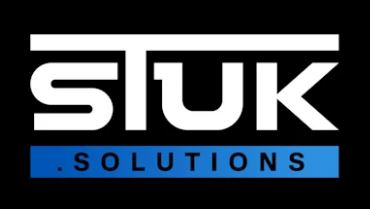
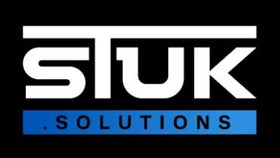
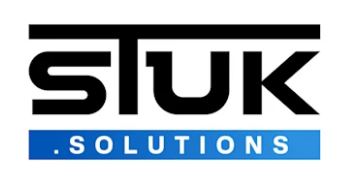
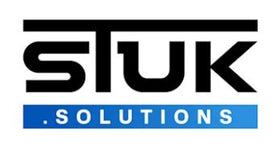
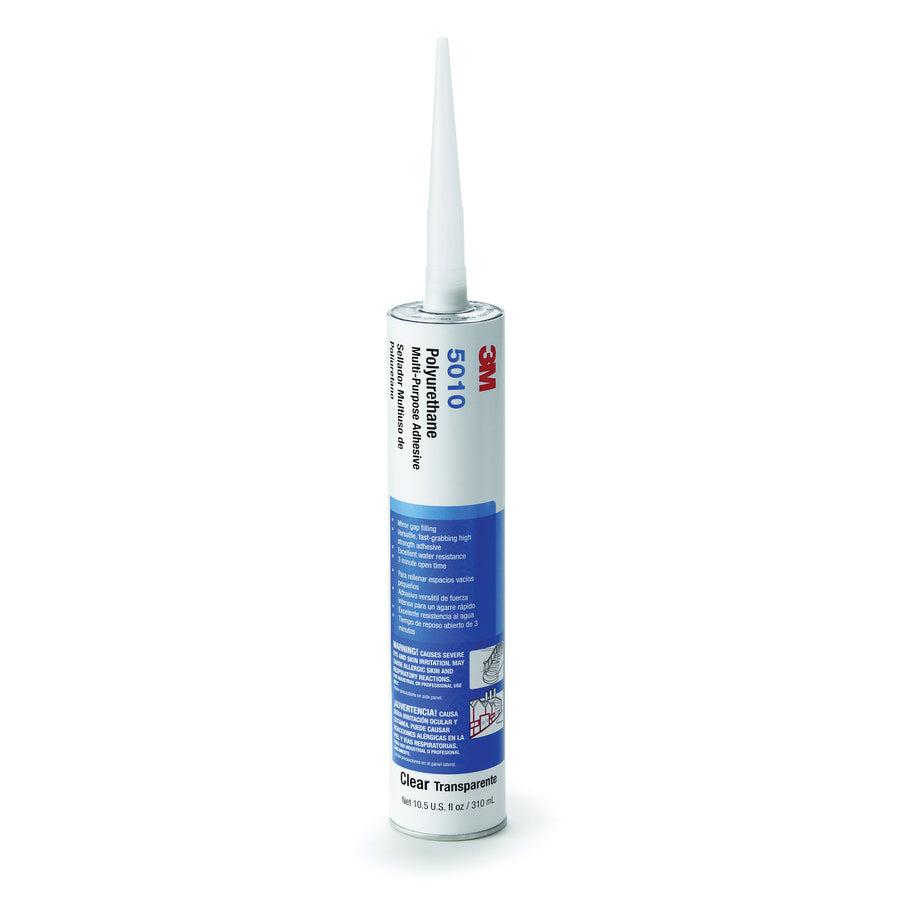
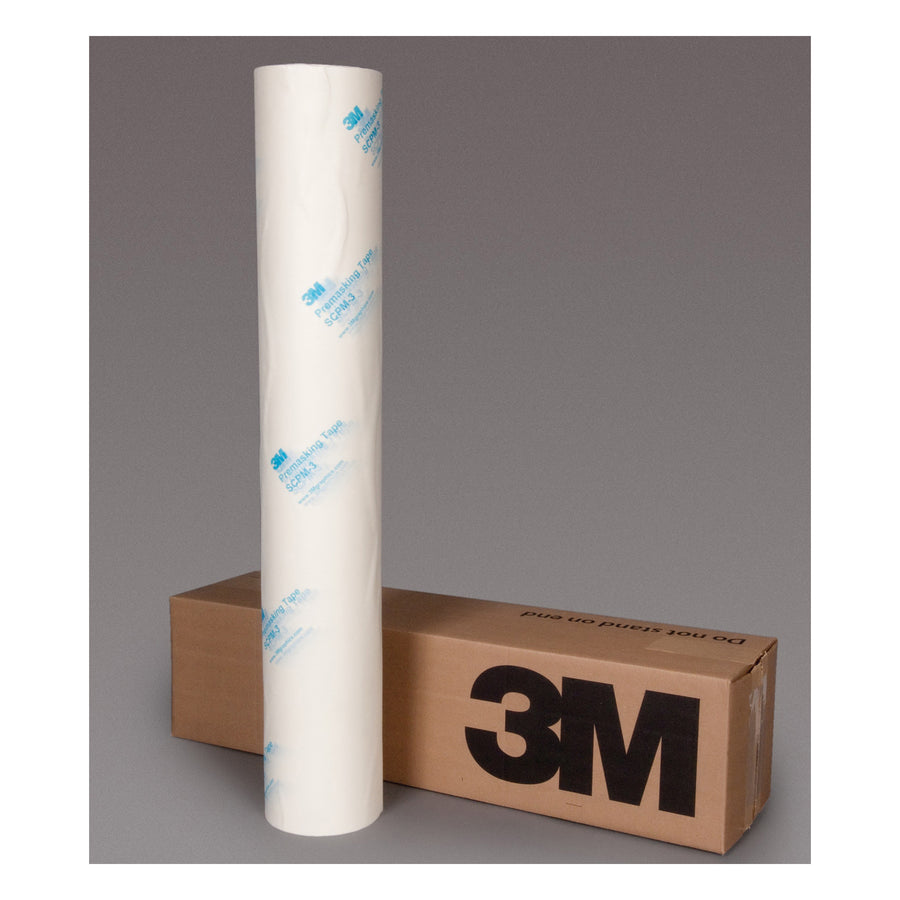
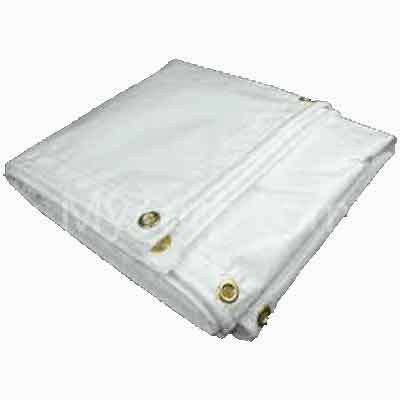
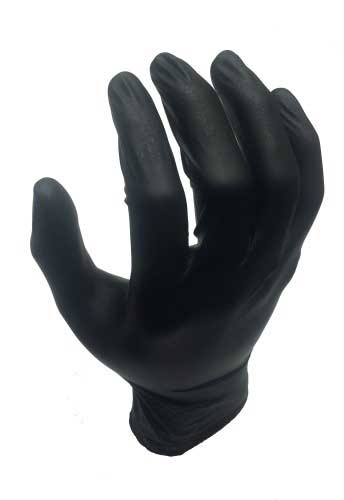

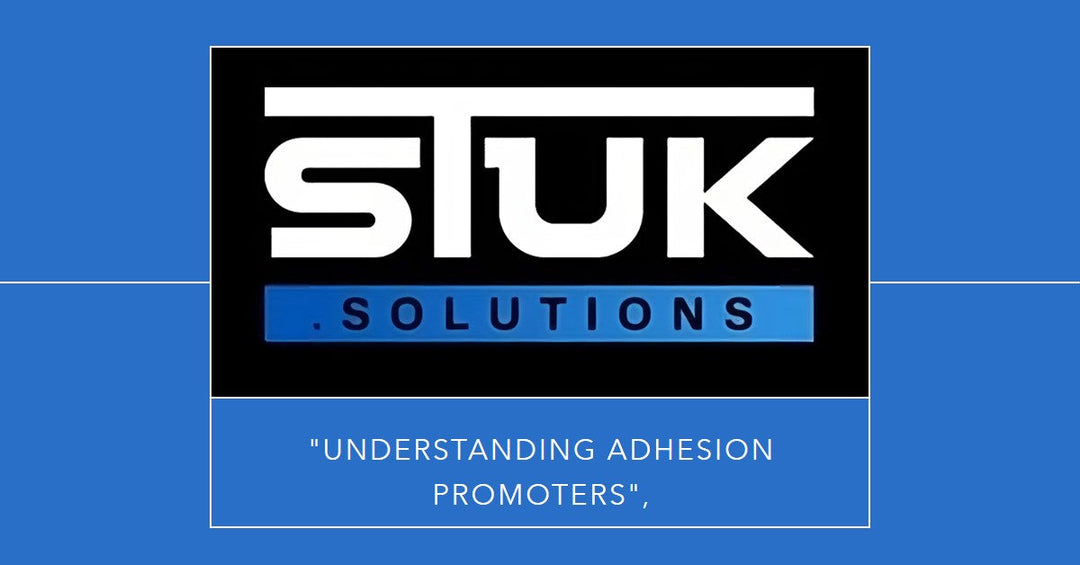
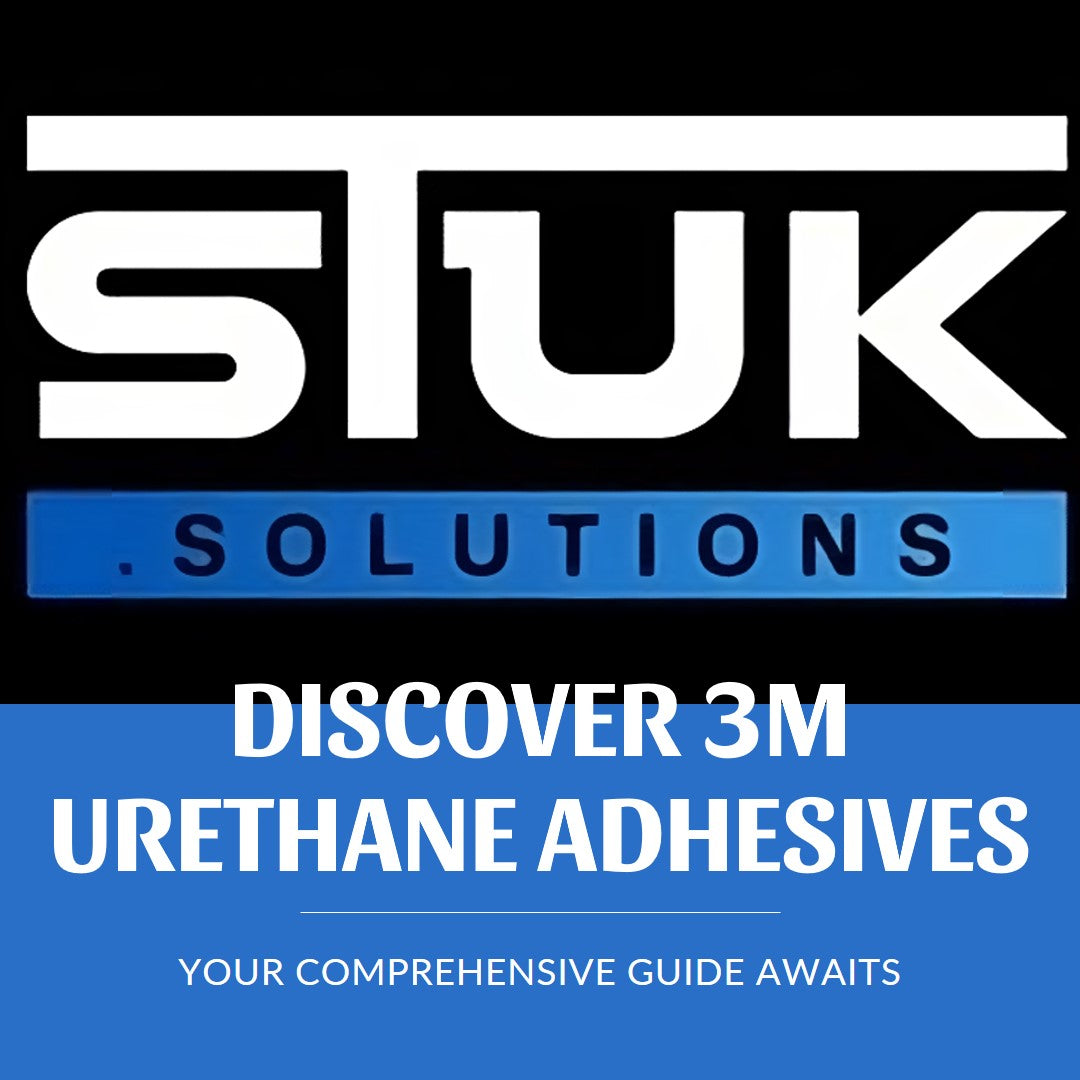
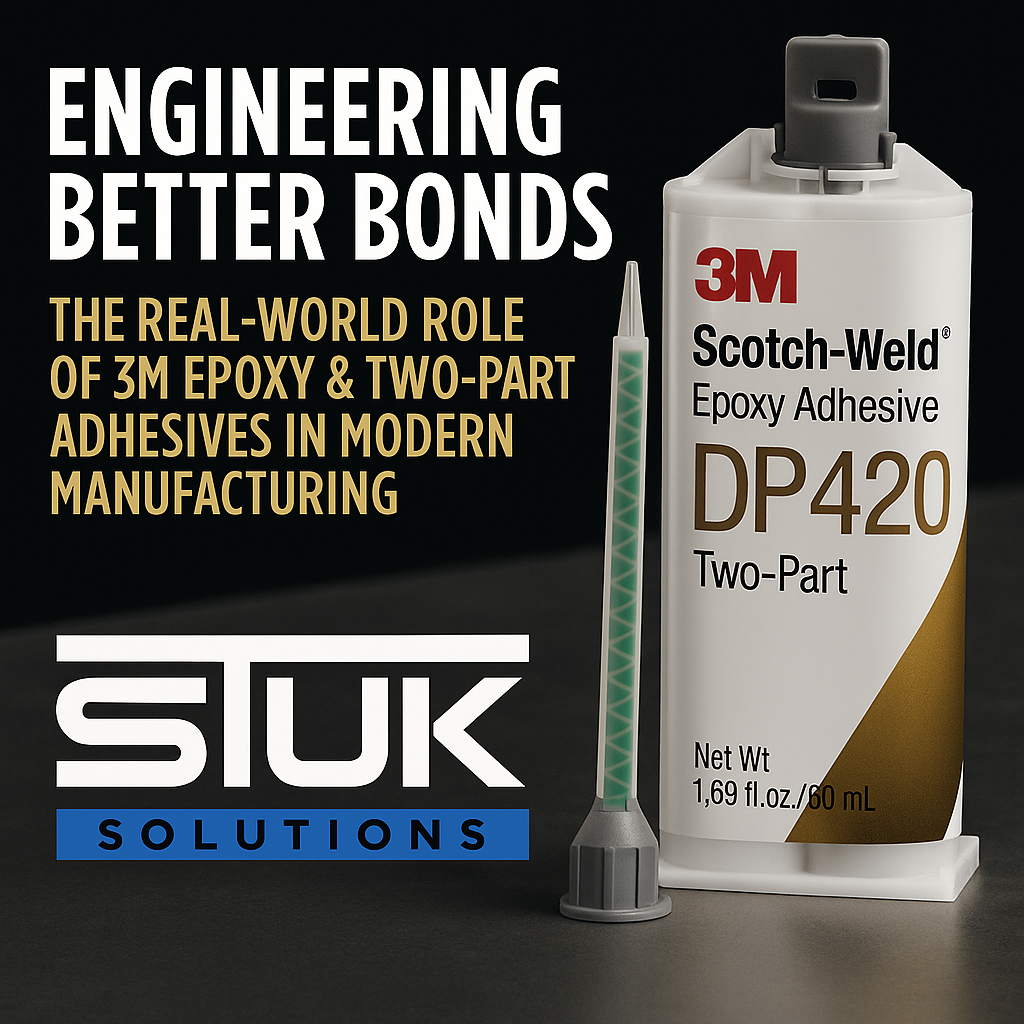
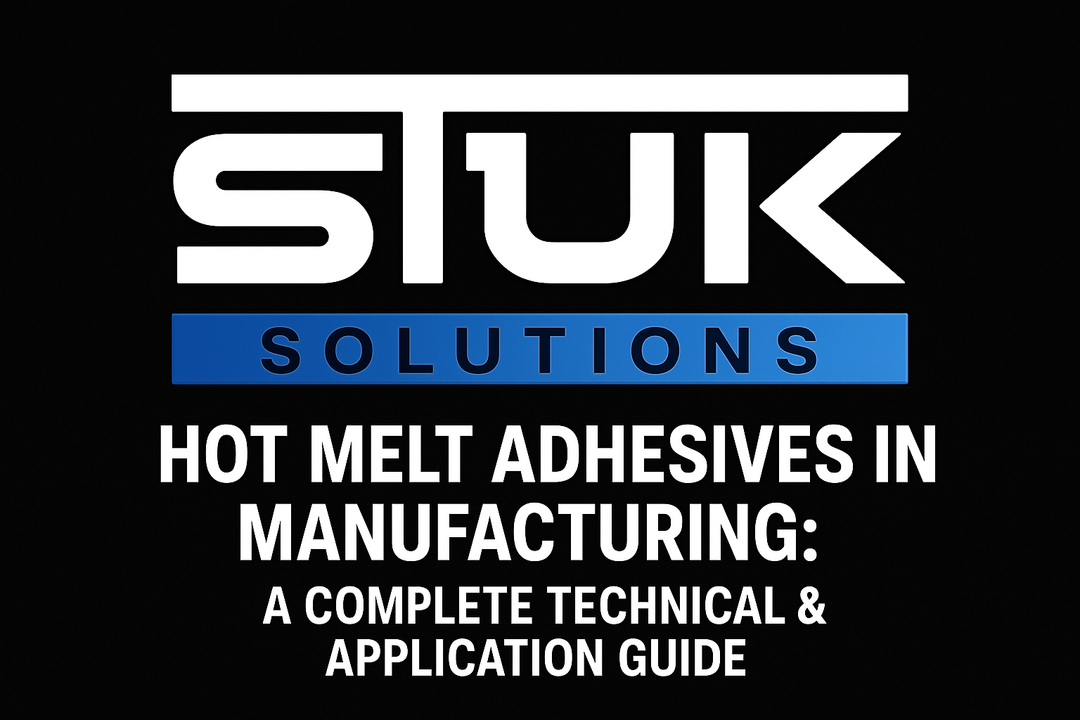
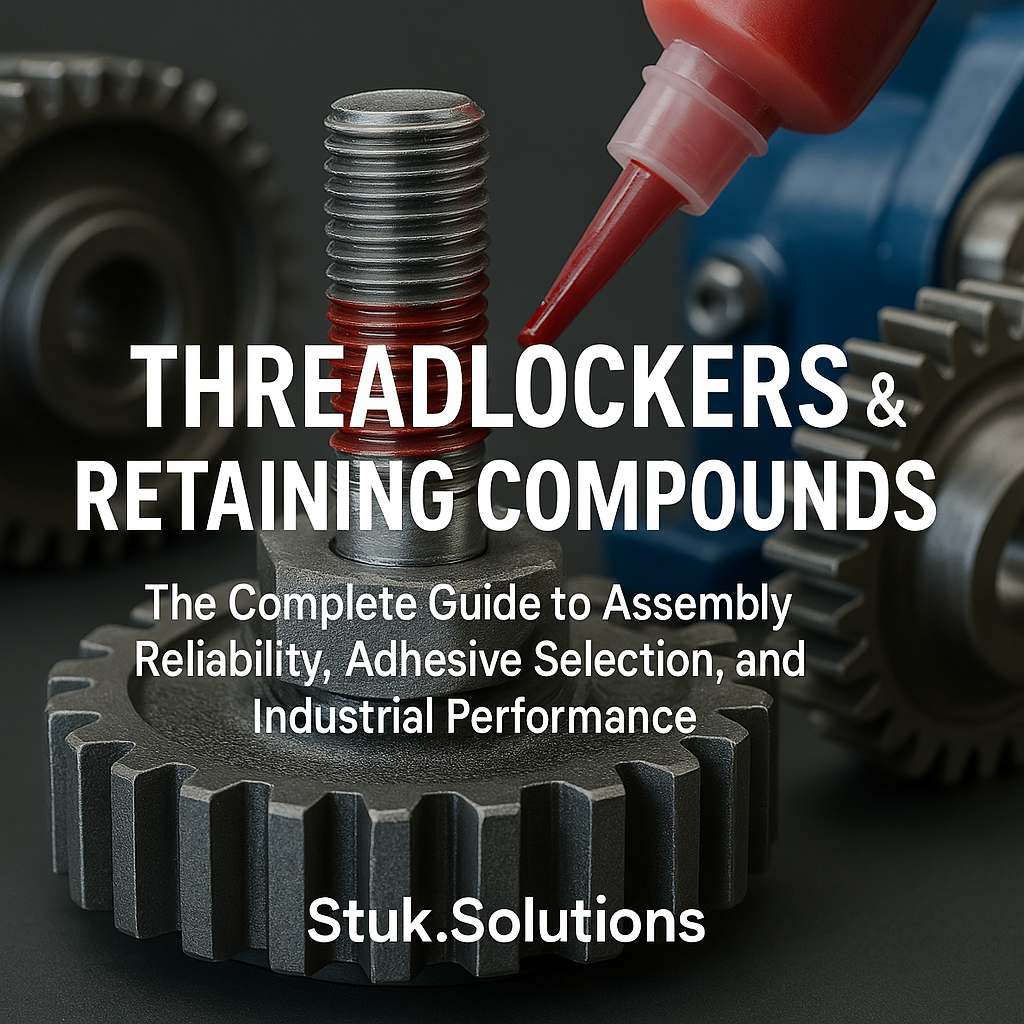
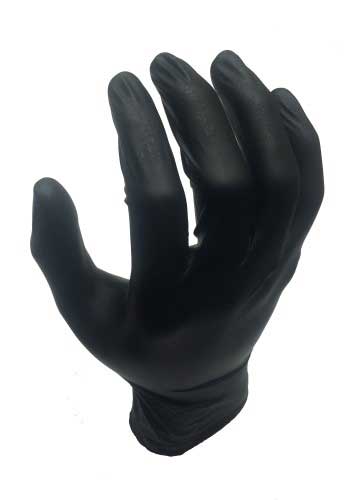
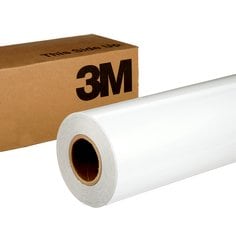
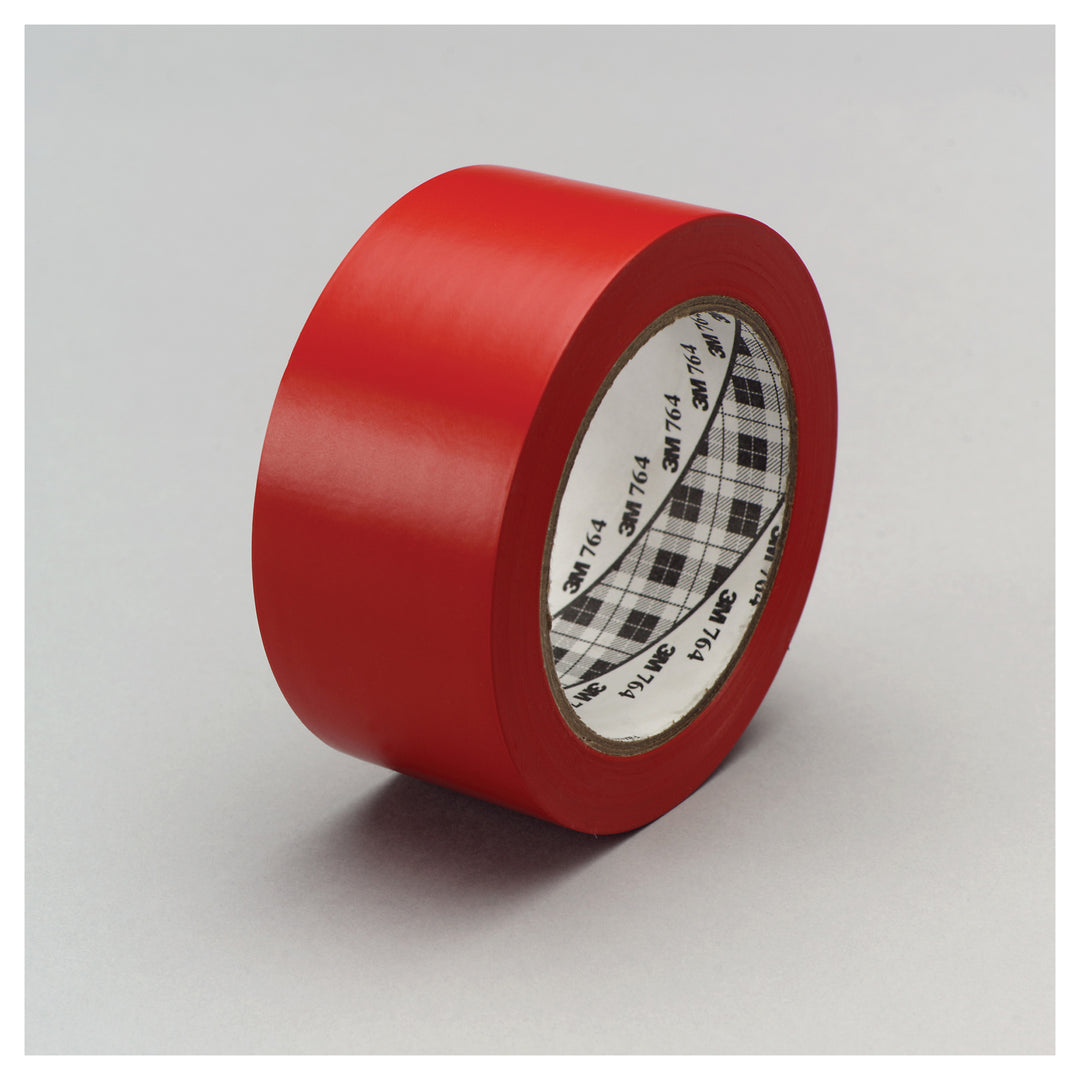
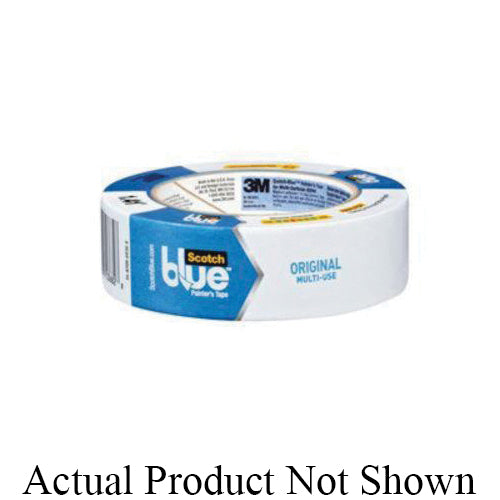
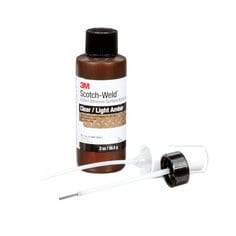
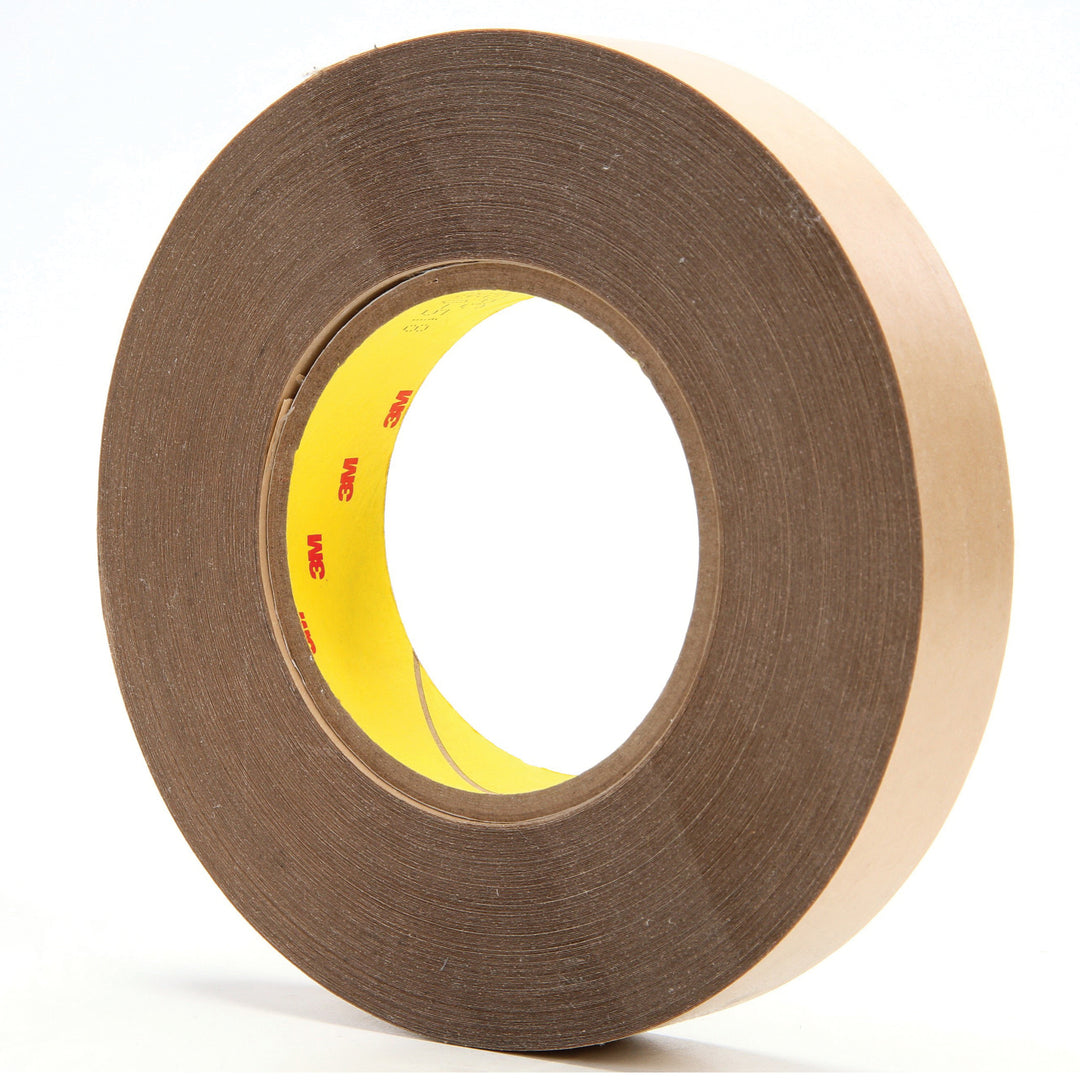
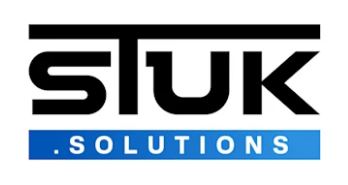
Leave a comment